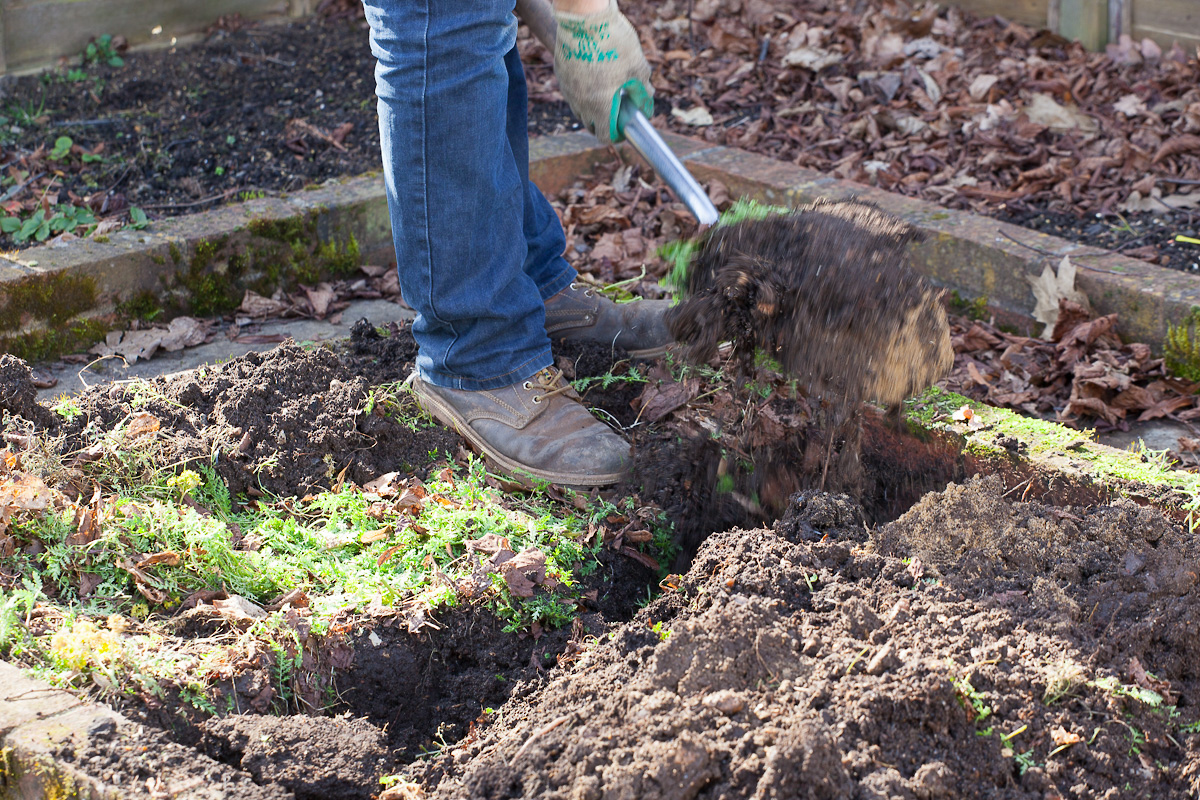Mint is sweet-smelling, fast-growing, and adds a nice green touch to any space it takes up. It goes well with fruits, veggies, and meats, and it’s also available as an ice cream flavor. Is there anything you don’t like about it?
Mint is one of the simplest green herbs to grow. It remains green and fragrant all year. In the winter, the plant will go dormant, but it will start growing again in the spring.
Despite the horror stories, it is a fantastic plant to grow in the garden. Yes, horror stories! Its roots are somewhat invasive and will quickly take over a flower bed or vegetable patch if you are not extra cautious.
Fortunately, you can avoid the problem by taking some precautions. To begin, plant it in a pot to keep the mint’s fast-growing root system encapsulated. This allows you to lift and split the pot as needed over the following seasons.
Remember that if the roots are not properly contained, they will find their way outside and spread. So, if you want to plant it in an elevated garden bed, make sure it isn’t cracked. Otherwise, you risk having mint plants all over your garden.

The next tip is to choose a location for your mint that will receive morning sun and limited afternoon shade. Plant it in a hanging pot on your patio or in a container near your bedroom window inside.
Mint can be divided in the spring or fall. Help revive congested clusters in pots by turning the container upside down, extracting the root ball, and dividing it in half.
Repot a portion of the plant in the same vessel with fresh garden soil and repot the other portion in a separate vessel for your personal use or offer it to a friend. Plants that can be shared with others are always appreciated!
Mint sprigs should be harvested before the plant blooms. The taste in the leaves is gone after it flowers, so you’ll have to wait a few weeks. Clip off the flowering buds as they show up to stretch the harvesting season.
Mint plants have the capacity to be one or two feet tall, depending on the variety. It also thrives in deep shade, which is ideal for those tricky areas of the backyard. Just remember to space mint crops fifteen inches apart and thin them out on a regular basis.



